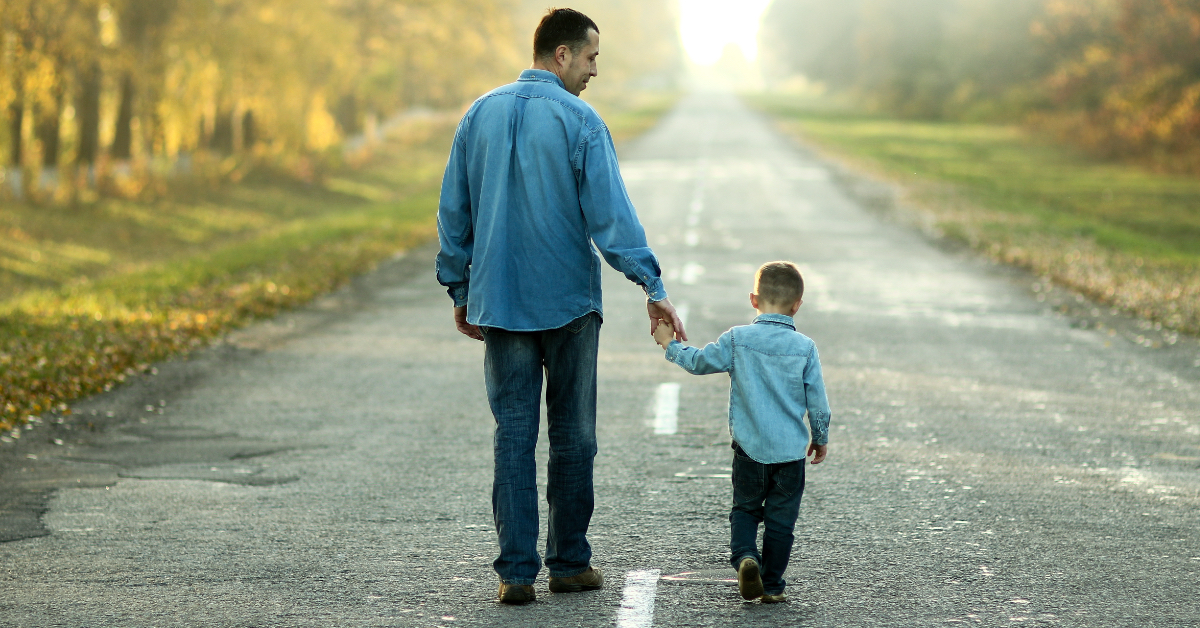
“My daddy can beat up your daddy.”
When they’re young, children think their parents are superheroes.
Young children enjoy spending large amounts of time with their parents; tagging along to the grocery store can be seen as a great big adventure.
Usually, near the onset of adolescence, things change dramatically. Suddenly, parents are seen as a source of embarrassment; children would rather spend time with their friends. Going along to the grocery store is perceived as drudgery. This shift, while expected, often leaves parents wondering, “what happened?”
What is Attachment Theory?
At the heart of parenting is the attachment bond between parent and child.
In the 1930s, John Bowlby worked with children as a psychiatrist in London. He began to notice a pattern with some of the emotionally disturbed children he was treating: many of these children had been separated from their mother as infants. This observation led Bowlby to study the bond between mother and infant, leading him to develop what is now known as attachment theory. Since Bowlby pioneered this field of study, experts have continued to write about the importance of a strong natural bond between parents and their children.
Dr. Gordon Neufeld, a recognized international authority on child development, writes in Hold On to Your Kids:
The secret of parenting is not in what a parent does but rather who the parent is to a child. When a child seeks contact and closeness with us, we become empowered as a nurturer, a comforter, a guide, a model, a teacher, or a coach. For a child well attached to us, we are her home home base from which to venture into the world, her retreat to fall back to, her fountainhead of inspiration. All the parenting skills in the world cannot compensate for a lack of attachment relationship. All the love in the world cannot get through without the psychological umbilical cord created by the child’s attachment.
As infants, attachment is intensely physical. Close physical proximity like cuddling and breastfeeding help infants feel safe and secure and allow them to bond naturally.
As infants grow into toddlers, the need for physical proximity is not felt as acutely and many toddlers will explore new settings provided that they feel safe. Toddlers become children who become preteens who become adolescents who become adults. As this process of growth and development occurs, it is natural for the attachment bond to take on different shapes. Early on, physical nearness is key but as parents of adolescents know, teens need personal space and room to grow on their own.
A modern danger is found, however, when the primary attachment between parent and child/teen is replaced with an attachment to peers.
When a child/teen’s peers are more influential in shaping their attitudes, speech patterns, behaviors and in providing direction for values and identity than parents, family cohesion is undermined leaving children susceptible to nefarious influences. Being influenced by friends is normal and natural: being more influenced by peers than parents is not.
Our children will grow to see us as normal human beings – imperfect as we all are – and if we cultivate authentic, loving relationship with our children, they will naturally look to us for wisdom and advice even as young adults. Everyday life can put a strain on this attachment bond from time to time and different seasons of life will see the strength of the bond ebb and flow but if that bond is preserved from infancy through adulthood, healthy development will occur preparing our children for the day when they themselves will be parents, thus continuing the cycle of attachment.




Leave a Reply